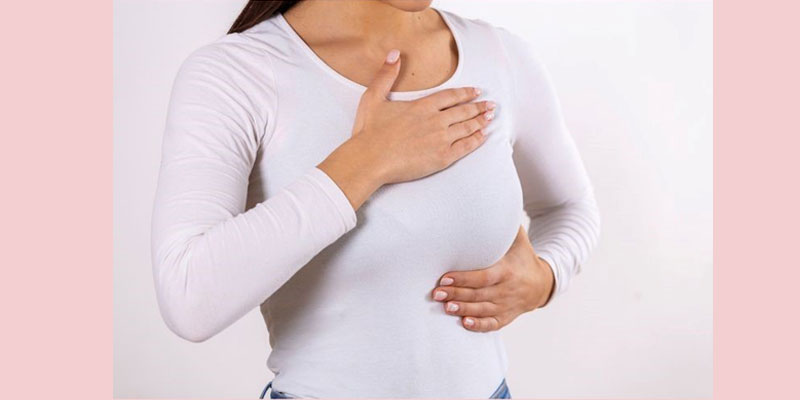Breast health is an essential aspect of overall well-being, and one of the most effective ways to monitor it is through regular breast self-examinations (BSE). By taking a proactive approach to your health, you can detect any abnormalities early, increasing the chances of successful treatment if something unusual is found. Here’s a step-by-step guide to performing a thorough breast self-examination.
When to Perform a Breast Self-Examination
The best time to perform a breast self-examination is five days after your menstrual period has ended. At this time, your breasts are least likely to be swollen or tender, making it easier to notice any changes or unusual lumps. If you no longer have periods, choose a consistent day each month for your examination.
How to Perform the Examination
A comprehensive breast self-examination involves three different positions: lying down, standing in the shower, and standing in front of a mirror. Using these three postures ensures that you can thoroughly check all areas of your breasts.
- Lying Down:
– Begin by lying down on your back. This position helps spread the breast tissue evenly over your chest, making it easier to feel any abnormalities.
– Use the palm surface of your hand for the examination. Use your left hand to examine your right breast and your right hand to examine your left breast.
– Press your breast firmly with the flat part of your fingers, moving them in a circular motion. Make sure to examine the entire breast area, including the outer edges.
– Palpate your breast both clockwise and counterclockwise, ensuring you cover all areas from your collarbone to your ribcage and from your armpit to your sternum.
- In the Shower:
– While standing in the shower, repeat the same process you used while lying down.
– The water and soap can help your fingers glide more smoothly over your skin, making it easier to detect any lumps or changes.
- In Front of a Mirror:
– After bathing, stand in front of a mirror with your hands on your hips and then raise your arms above your head.
– Carefully observe your breasts for any visible changes. Check to see if the size, shape, or position of both breasts is symmetrical.
– Look for any skin changes, such as dimpling, puckering, or redness.
– Finally, examine the areas under your breasts and in your armpits for any lumps or nodules.
Why Regular Self-Examinations Matter
Performing this self-examination every fifth day after your menstrual period is a vital practice. Regularly checking your breasts increases your familiarity with how they normally look and feel. This familiarity makes it easier to notice even small changes, which could be early signs of breast cancer or other conditions
By making breast self-examinations a routine, you are taking an active role in your health. The goal is not to replace professional medical evaluations but to complement them. Discovering a small lump or change early on can make a significant difference in the success of treatment, should it be necessary.
What to Do If You Find Something Unusual
If you notice any lumps, nodules, or changes during your self-examination, it’s important not to panic. Many breast changes are benign (non-cancerous), but it’s always best to consult with a healthcare professional to be sure. Early detection is key to effective treatment, so don’t hesitate to seek medical advice if you find something unusual.
In conclusion, breast self-examinations are a simple yet powerful tool for maintaining breast health. By dedicating just a few minutes each month to this practice, you can significantly reduce the risk of encountering a more serious issue down the line. Remember, early detection can save lives, so make breast self-examinations a regular part of your health routine.

